foundingGIDE Community Event 2025 in Brisbane, Australia
The second foundingGIDE Community Event took place in Brisbane, Australia, on 17–18 October 2025, under the theme Imaging Data Ecosystem: Towards Shared Solutions.
The event brought together researchers, infrastructure providers, and community members to explore the latest developments and challenges in imaging interoperability. Over 1.5 days, participants shared insights, discussed challenges, and collaborated on practical solutions for advancing the imaging data ecosystem.
The program featured five plenary sessions, a dynamic panel discussion, and three hands-on workshops.
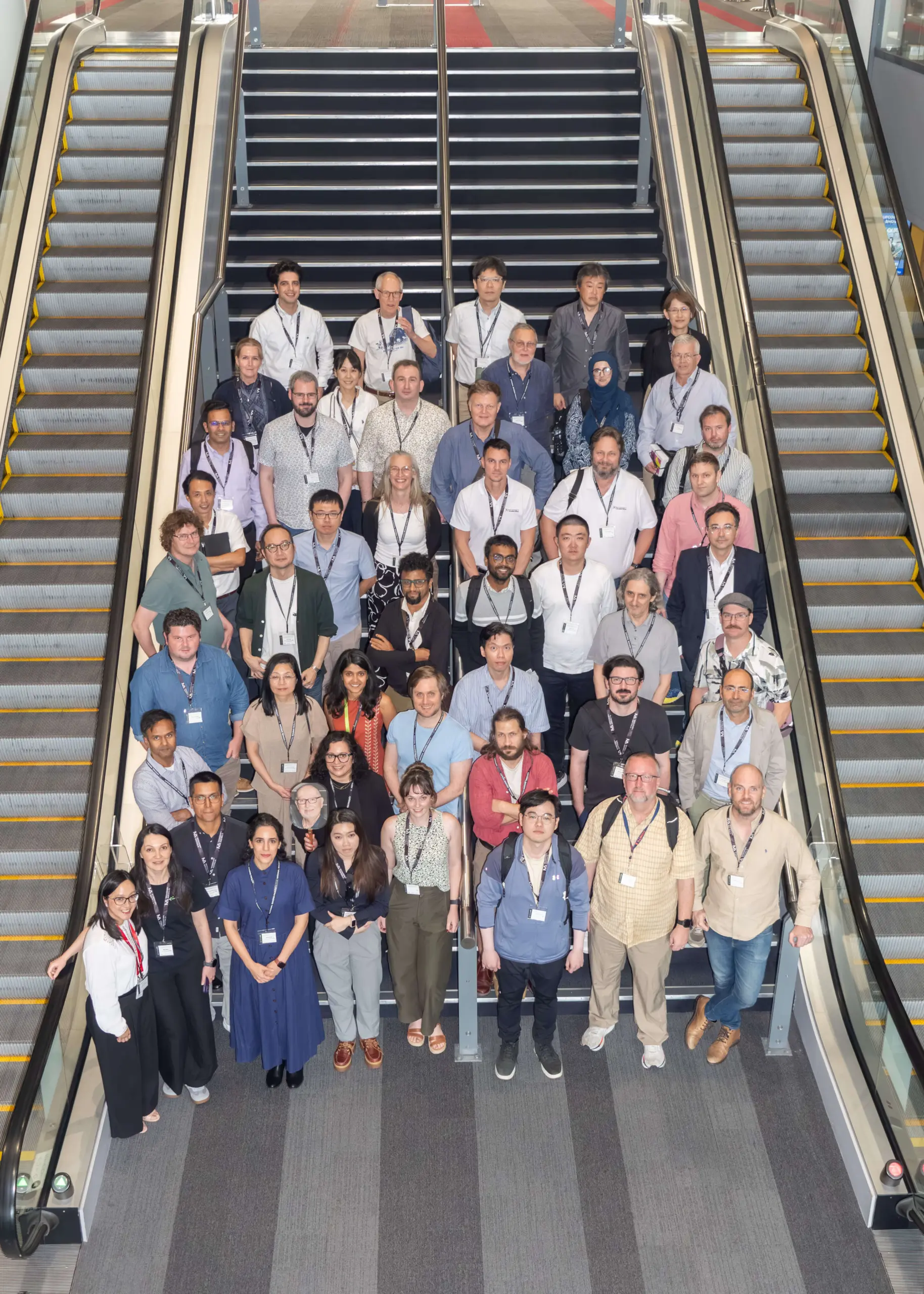
The foundingGIDE Community Event 2025 gathered a global network of researchers, infrastructure providers, and data experts to advance a shared vision: building a sustainable and interoperable global image data ecosystem. Set in Brisbane and joined by participants from across the world, the event brought together diverse perspectives to explore how data, technology, and community can work to accelerate scientific discovery. The Australia event marked the second of three events in the foundingGIDE initiative series.


Opening remarks from Lisa Yen and Wojtek Goscinsky, from the host institutions, Microscopy Australia and National Imaging Facility, reflected both the local and international dimensions of this effort. The event began with an acknowledgment of the deep knowledge systems of Australia’s First Peoples, an important reminder that the stewardship and sharing of knowledge are longstanding human practices. The discussion also underscored how national and regional research ecosystems, from Australia’s coordinated infrastructure programs to Europe’s Horizon framework, align in their commitment to openness, interoperability, and global collaboration.
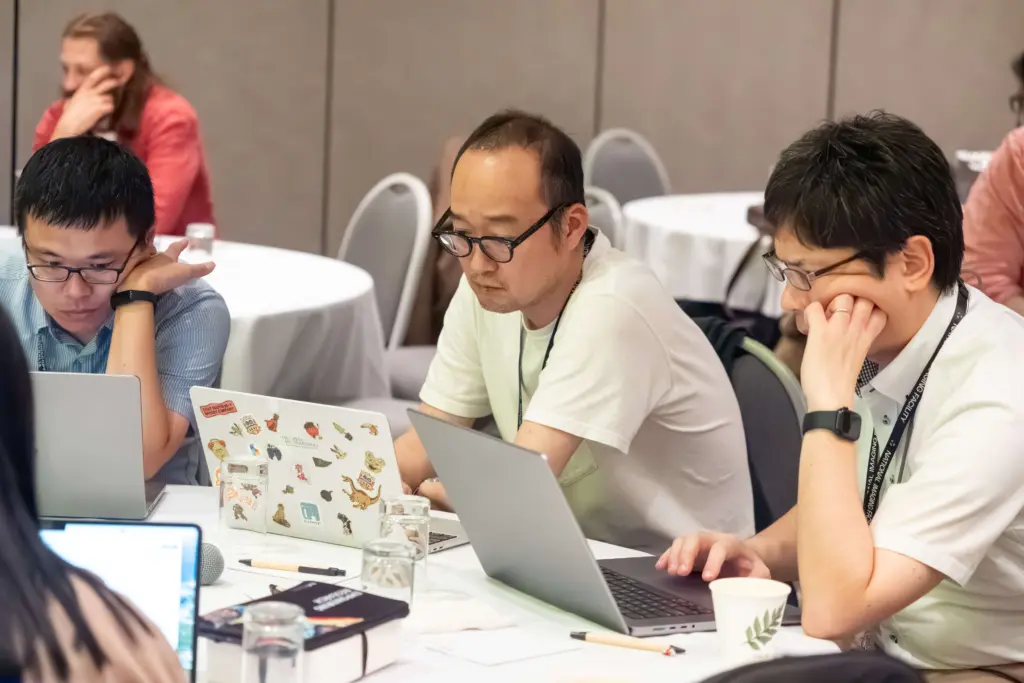


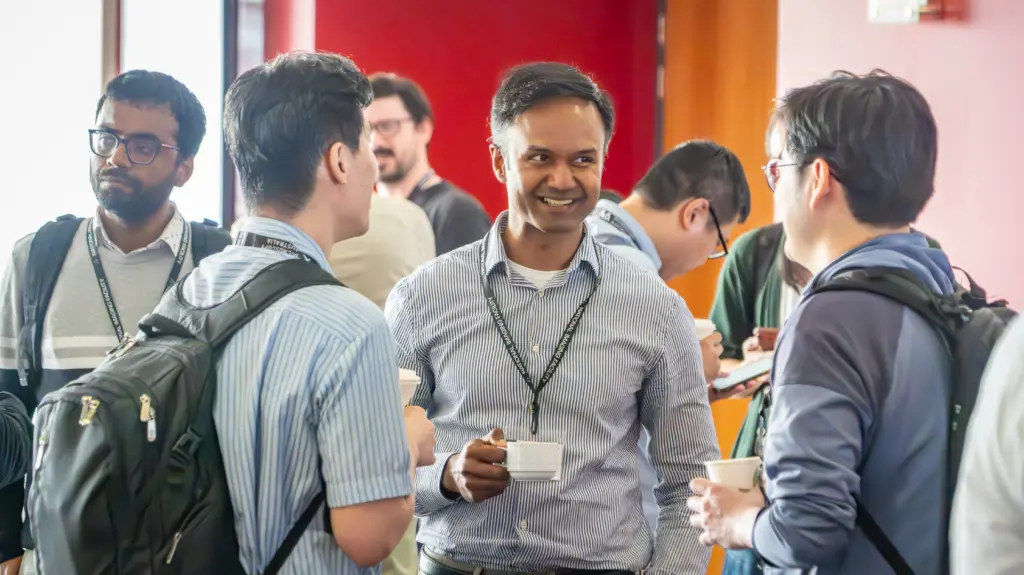



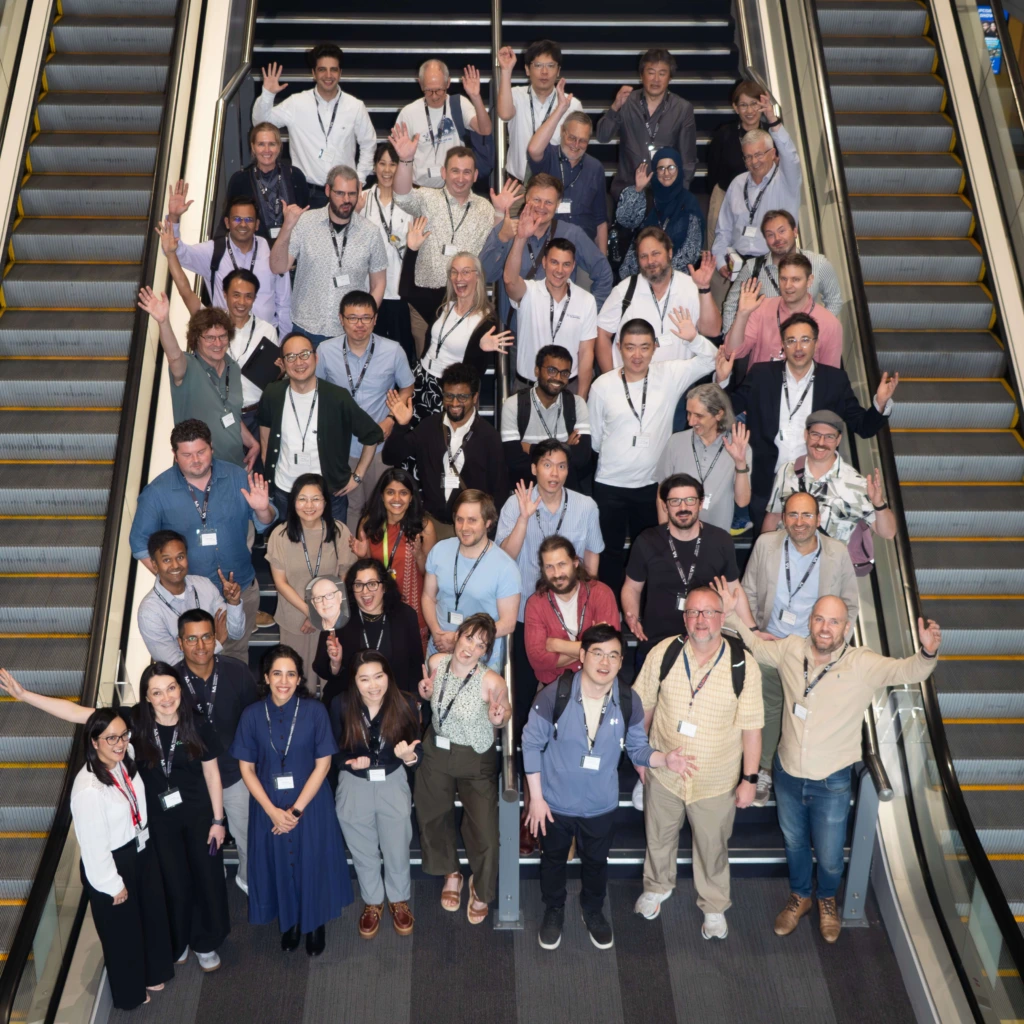
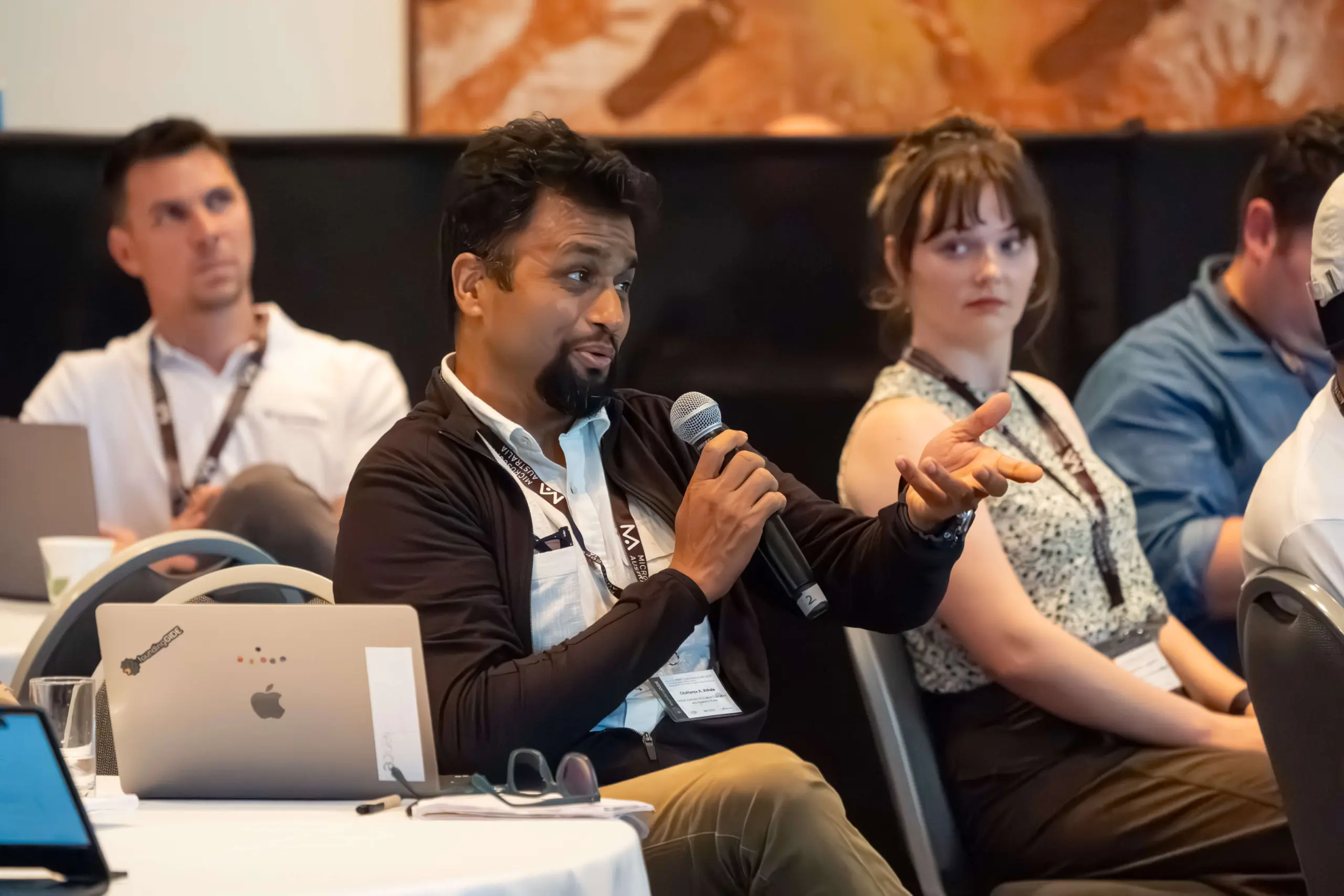

Plenary sessions
The 2025 foundingGIDE Community Event featured five plenary sessions designed to explore the current landscape of the global image data ecosystem (GIDE).
Session 1: Towards Shared Solutions
The first session highlighted global efforts to build interoperable and open imaging data ecosystems. Lisa Yen and Wojtek Goscinski highlighted how Australia’s coordinated national infrastructures, Microscopy Australia and the National Imaging Facility, are linking instruments, researchers, and datasets through unified standards and shared services. Their presentations highlighted how investment in national-scale coordination can translate into tangible research acceleration. Sudeep Das (Euro-BioImaging ERIC) placed these efforts in a similar European context and showcased Euro-BioImaging’s work across a distributed network of imaging facilities. Aastha Mathur (Euro-BioImaging ERIC) then expanded this vision through foundingGIDE, outlining how ontologies and shared standards can connect biological and preclinical imaging data globally.
Hilary Hanahoe, representing the Research Data Alliance, offered the policy and infrastructure perspective, stressing that openness alone is not enough without aligned global frameworks that ensure data are findable, usable, and trusted across communities. Tomomi Shimogori, from RIKEN Center for Brain Science, Japan, brought these principles to life through the Marmoset Brain Atlas and Brain/MINDS 2.0, showing how coordinated, multi-modal datasets can reveal the molecular and structural logic of the brain. Her work illustrated how interoperable data infrastructures can move science from isolated analysis to integrated understanding.
The session made clear that the future of imaging lies not just in technologies and standards, but in collaboration, where shared infrastructures, interoperable data, and open policies turn fragmented efforts into a cohesive, global ecosystem for discovery.
Session 2: Metadata and Ontologies
The Metadata and Ontologies session explored efforts to harmonize metadata models and ontologies to enable interoperability across biological and preclinical imaging, highlighting progress from the foundingGIDE BioImaging and Preclinical Stream and related initiatives.
Shuichi Onami (RIKEN / SSBD, Japan) presented the integration of three major repositories, BioImage Archive, SSBD, and IDR, through a shared metadata model and ontology framework based on REMBI. 23 common metadata components were identified and proposed using RO-Crate for metadata exchange. Early cross-repository search tests using ElasticSearch and OMERO show the feasibility of interoperability, paving the way for a global network of connected imaging databases. More on this work can be found in foundingGIDE Deliverable D6.1: Report in metadata model overlap and gaps and Deliverable D2.1 Landscape analysis of existing ontologies and recommendations on a set of imaging ontologies.

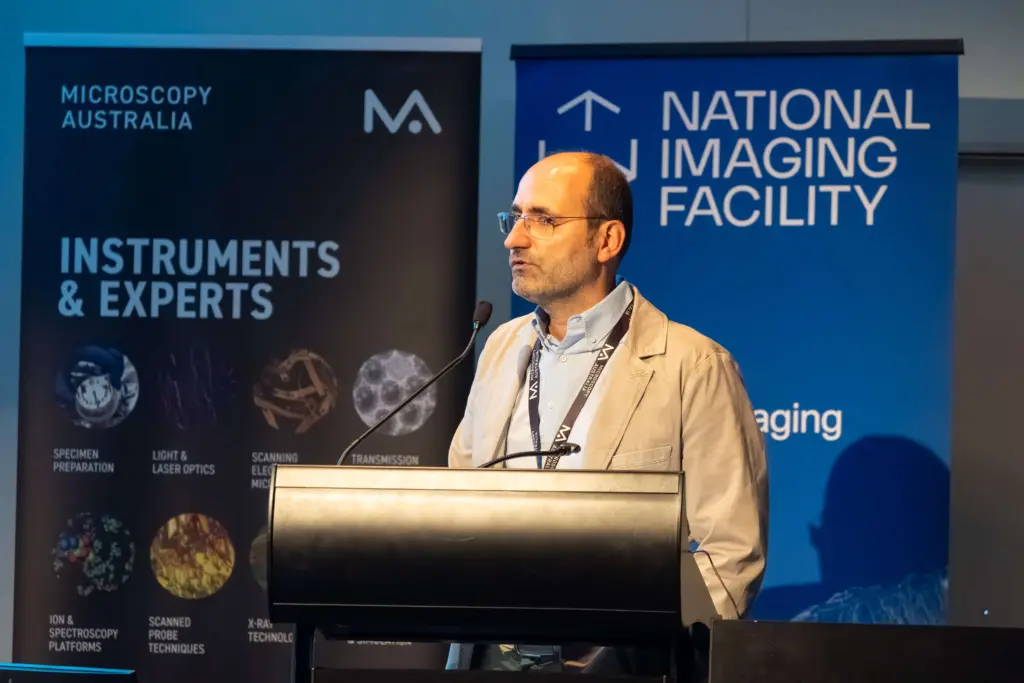

Photo credit: Richard O’Leary
Dario Longo (National Research Council of Italy) introduced a preclinical imaging metadata model built on REMBI guidelines and integrating recommendations from ARRIVE 2.0 and PREPARE guidelines, structured into eight sections covering study design, acquisition, and analysis. The model is enriched with curated ontologies to ensure semantic clarity across domains. A prototype repository was as well developed which contains well-annotated datasets linked to ontological terms and image viewers, emphasizing the need for community consensus and global adoption. More on this work can be found in foundingGIDE Deliverable 4.1 Report on the recommended ontologies for preclinical image datasets and technologies.
Marek Cebecauer (Heyrovsky Institute Prague, Czech Republic) discussed aligning bioimaging metadata within the Czech national data infrastructure using the DCAT and DataCite standards. An Application Profile was developed which is linking conceptual and data models via the Metadata4Ing ontology, based on the Input–Process–Output structure. This approach supports workflow interoperability across domains and integrates with RO-Crate packaging.
Together, these talks showcased the community and foundingGIDE’s significant steps toward harmonized metadata, shared ontologies, and cross-domain interoperability for FAIR and reusable imaging data.
Session 3: Infrastructure to Manage Imaging Big Data
This session explored how imaging infrastructures can support FAIR data management at scale, highlighting national and institutional strategies for handling rapidly growing imaging datasets. Speakers emphasized that FAIR data management requires both robust infrastructure and cultural change. Joe Shapter (University of Queensland, Australia) outlined Australia’s National Digital Research Infrastructure (NDRI) strategy, emphasizing metadata standards, persistent identifiers, sustainable storage, and cultural change to enable data interoperability, highlighting AI’s transformative potential. Rubbiya Ali (University of Queensland, Australia) presented PITSCHI, an automated imaging data management system applying FAIR principles to streamline the full data lifecycle at UQ’s microscopy facilities.
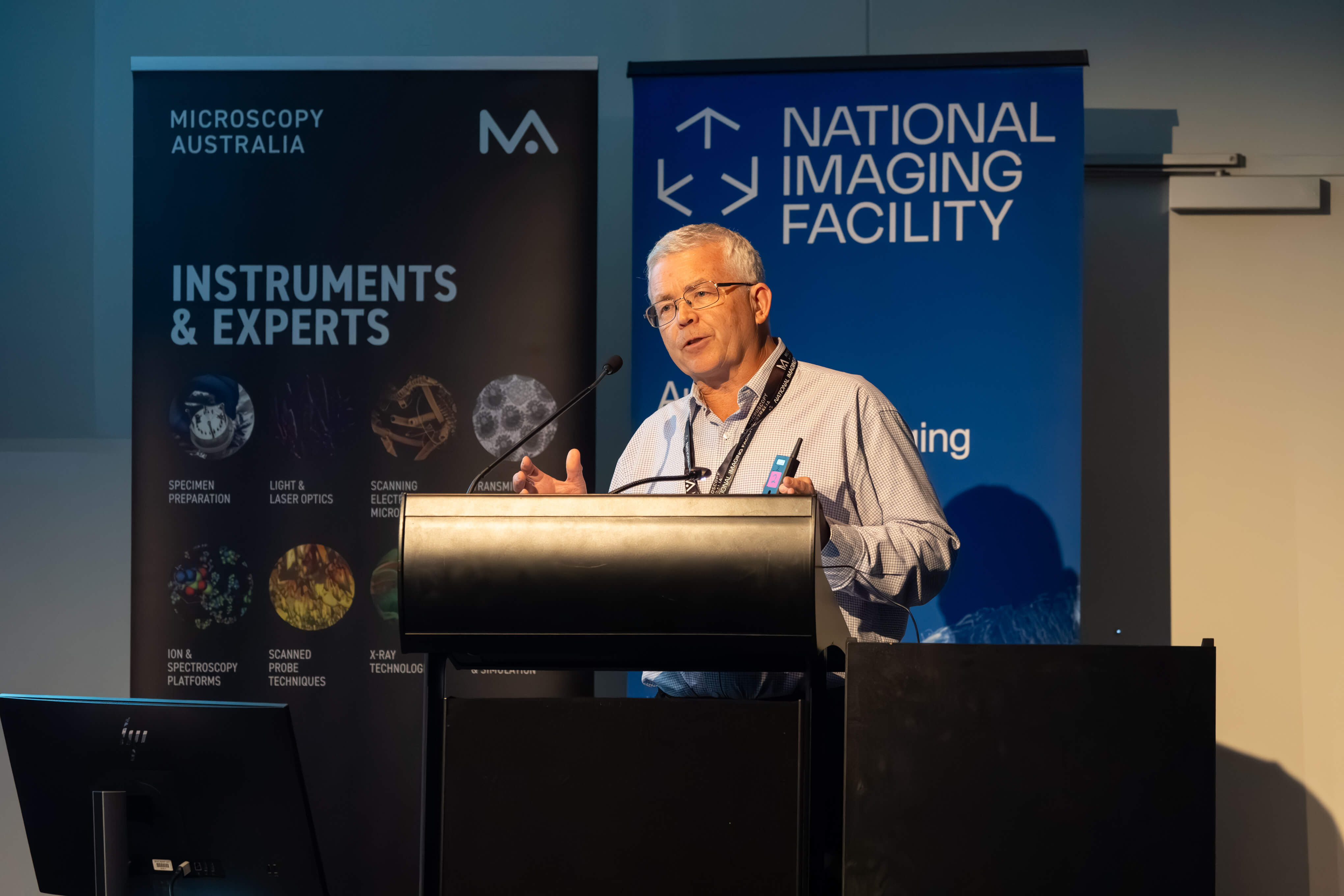
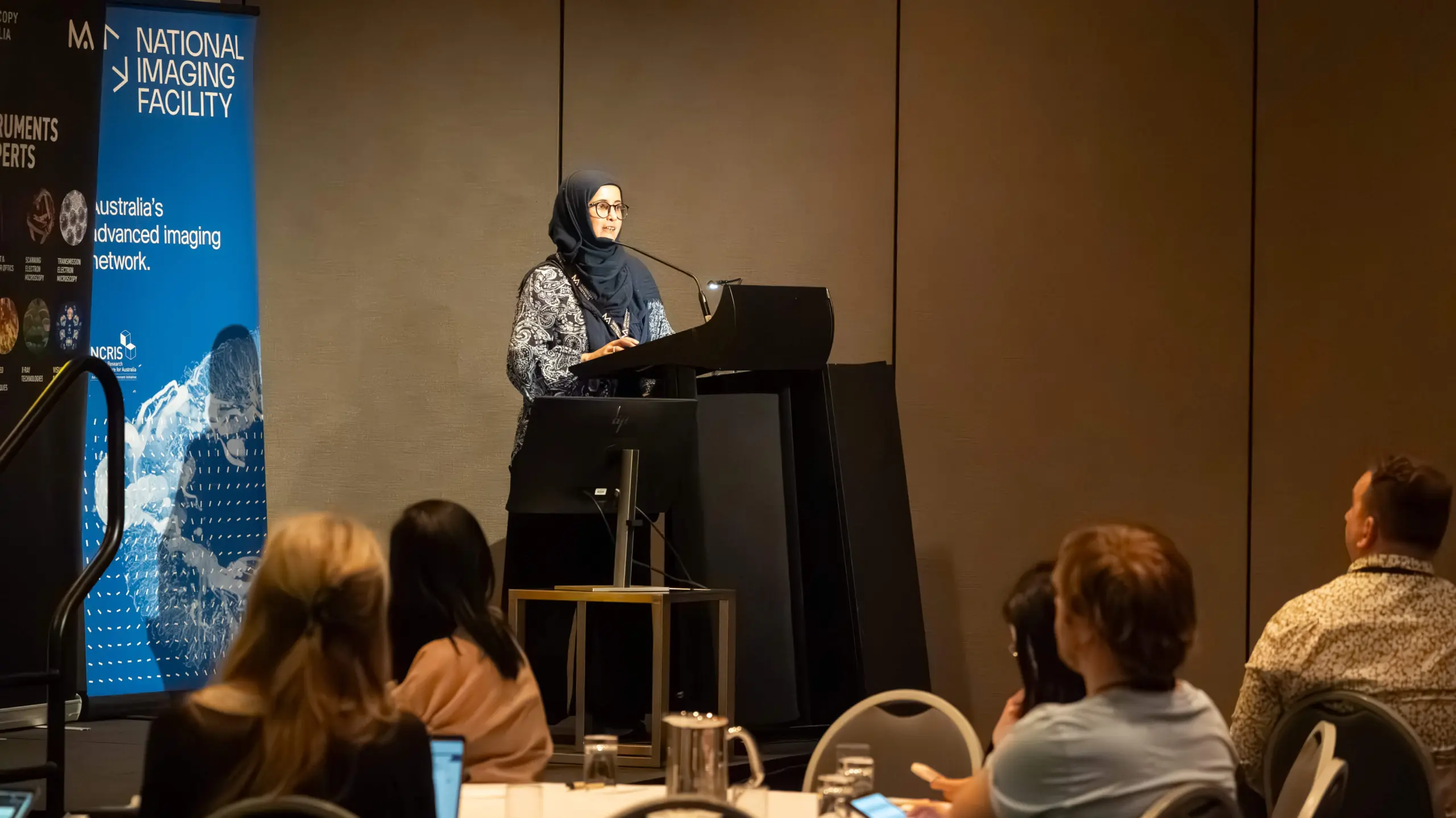

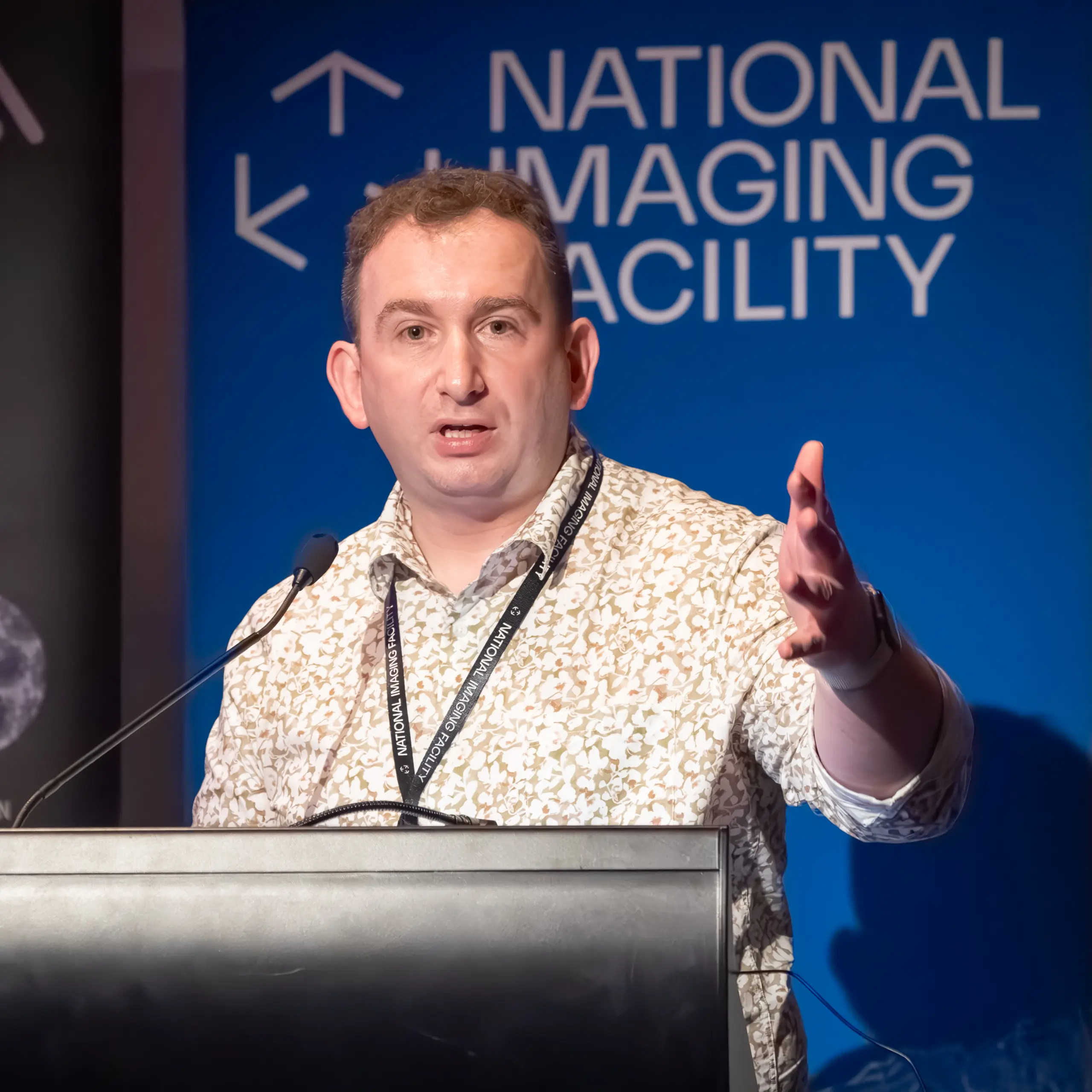
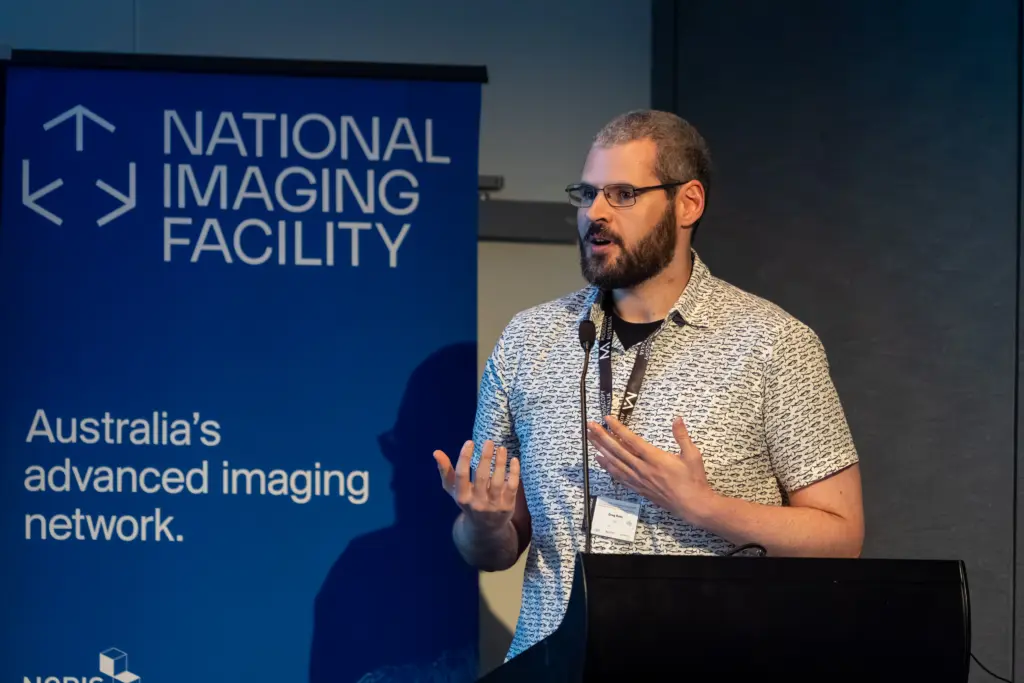
Aswin Narayanan (University of Queensland, Australia) discussed FAIR principles for software and workflows, presenting Neurodesk and the core Sciget.org framework for containerized, portable, and reproducible neuroimaging analysis environments. David Poger (University of Sydney) presented on behalf of Siobhann McCafferty (Australian Research Data Commons), how national Persistent Identifier (PID) strategies enable international research by making datasets, publications, and researchers easily discoverable, citable, and interoperable across borders. Greg Bass (CSL, Australia) shared a corporate perspective on centralized, FAIR imaging data management with OMERO, highlighting strategies for harmonizing heterogeneous data, streamlining metadata entry, integrating with analytics, and fostering global collaboration and user engagement.
Together, the talks emphasized that scalable, interoperable imaging research relies on coordinated approaches to data, software, and people across local, national, and global levels.
Session 4: Collaboration across disciplines and modalities
The Collaboration across disciplines and modalities session explored how imaging facilities and infrastructures are advancing global collaboration, data interoperability, and metadata capture. Nicholas Condon (University of Queensland) presented facility-level innovations for seamless data management, including a tool for capturing metadata at the microscope and a web-based HPC processing portal that simplifies large-scale analysis. Nathalie Gaudreault (Allen Institute for Cell Science) outlined the vision for an Internet of Bioimage Data (IBID) and the efforts to connect distributed repositories through a centralized metadata catalog, enabling federated access to imaging data and using tools such as BioFile Finder. Bryant Roberts (Adelaide Microscopy) and Lyall Weir (Intersect) showed how MediaFlux enables secure, scalable data sharing between institutions, reducing manual transfers and improving collaboration. Johan Gustafsson (University of Adelaide, Galaxy Australia) closed the session demonstrating how Galaxy and WorkflowHub, supported by ontologies like EDAM Bioimaging, make computational imaging workflows FAIR and reusable across global communities.
Session 5: Infrastructure for Future Technologies and AI
The last session on Infrastructure for Future Technologies and AI showcased global efforts to build imaging infrastructures ready for large-scale data integration and AI applications. Tim Olsen (XNAT Works, USA) demonstrated how XNAT is expanding from research data management into clinical trials and translational workflows, emphasizing interoperability and real-world impact. Ryan Sullivan (University of Sydney, Australia) outlined initiatives to create integrated, cross-border imaging infrastructures, enabling seamless data sharing and collaboration across regions. Saori Tanaka (NAIST/ATR, Japan) presented Japan’s neuroimaging databases supporting psychiatric and neurological research, highlighting advances in standardization and accessibility. Chung-Han Tsai (Australian National University) described a scalable, cloud-based infrastructure for microscopy data that integrates high-performance computing and object storage to support AI training and automation.
Panel Discussion
The panel “What Drives Success in Community-Led Solutions?”, chaired by Lisa Yen and Wojtek Goscinski, explored what truly sustains and connects global, community-driven initiatives in imaging science. The discussion brought together a diverse group of panelists, Nathalie Gaudreault (Allen Institute for Cell Science, USA), Aastha Mathur (Euro-BioImaging ERIC), Tomomi Shimogori (RIKEN Center for Brain Science, Japan), Hilary Hanahoe (Research Data Alliance), and Joe Shapter (The University of Queensland, Australia), who shared perspectives from research infrastructures, institutes, and policy networks.
Moderated through a series of reflections and provocations, the panelists identified a most essential ingredients for successful community-led ecosystems. Technology was seen as the foundation that enables everything else, robust, user-friendly tools and data pipelines make possible the standardization, accessibility, and large-scale sharing of richly annotated imaging datasets. Culture was recognized as the hardest yet most critical factor to transform, requiring a shift in norms toward openness and routine data sharing. People emerged as the driving force behind both innovation and sustainability, with panelists emphasizing the importance of investing in skills, retention, and professional development, particularly in AI literacy, to keep pace with rapid change. Communication was described as the glue that holds collaborative projects together, with open and patient dialogue across disciplines helping to prevent fragmentation and foster understanding during complex, integrative work. Finally, policy was underscored as a crucial enabler of interoperability, one that must be informed and shaped by the community itself, rather than imposed from above, ensuring that it reflects the lived experiences and shared goals of researchers, funders, and infrastructures.
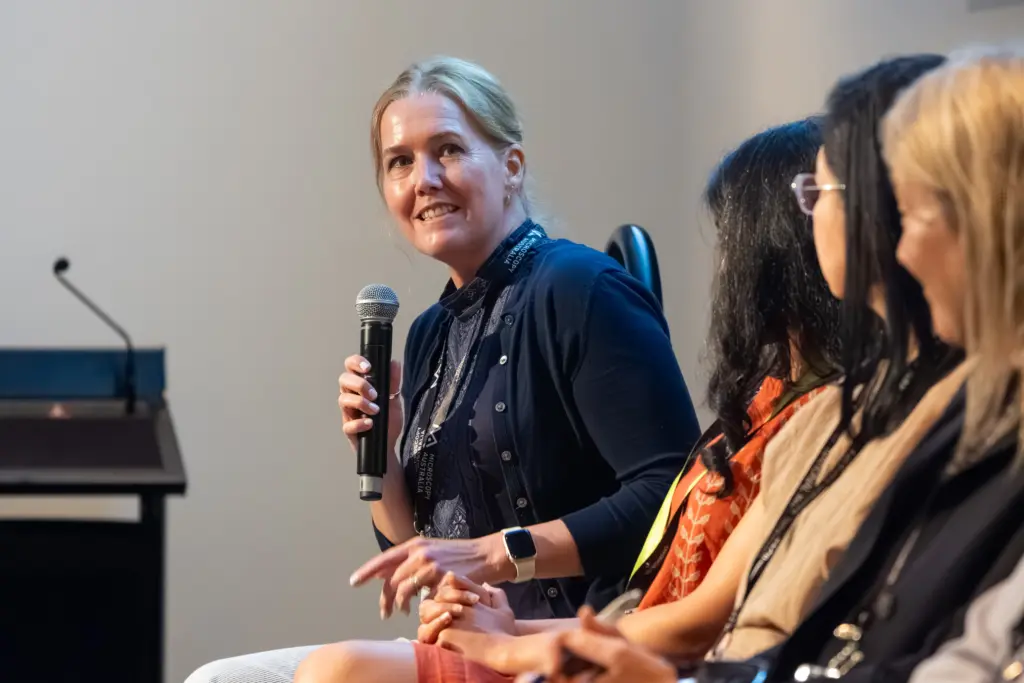

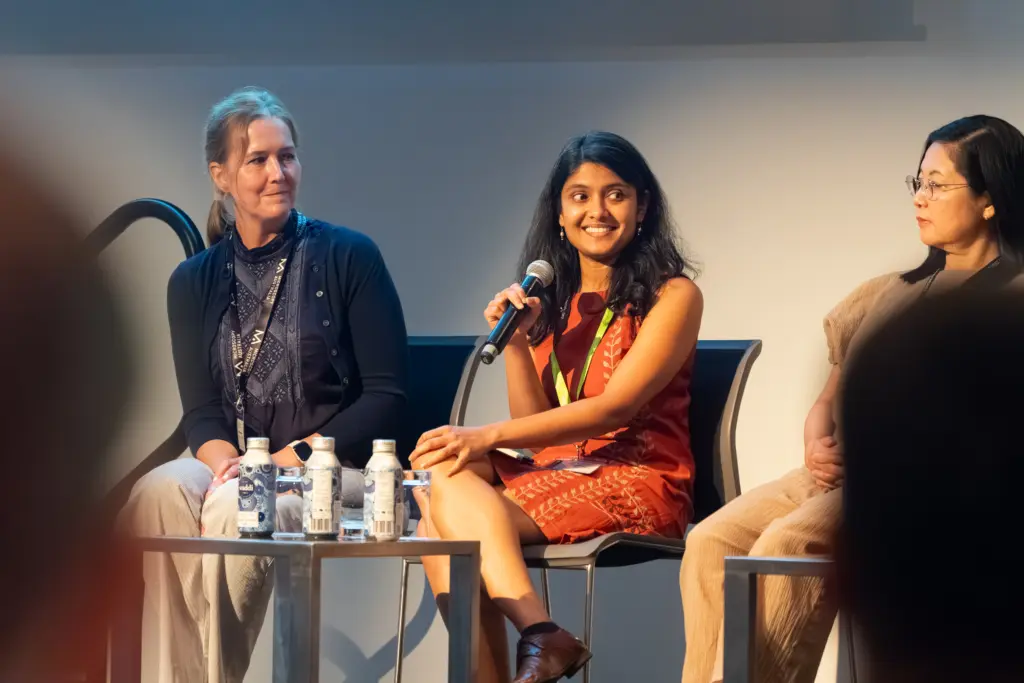
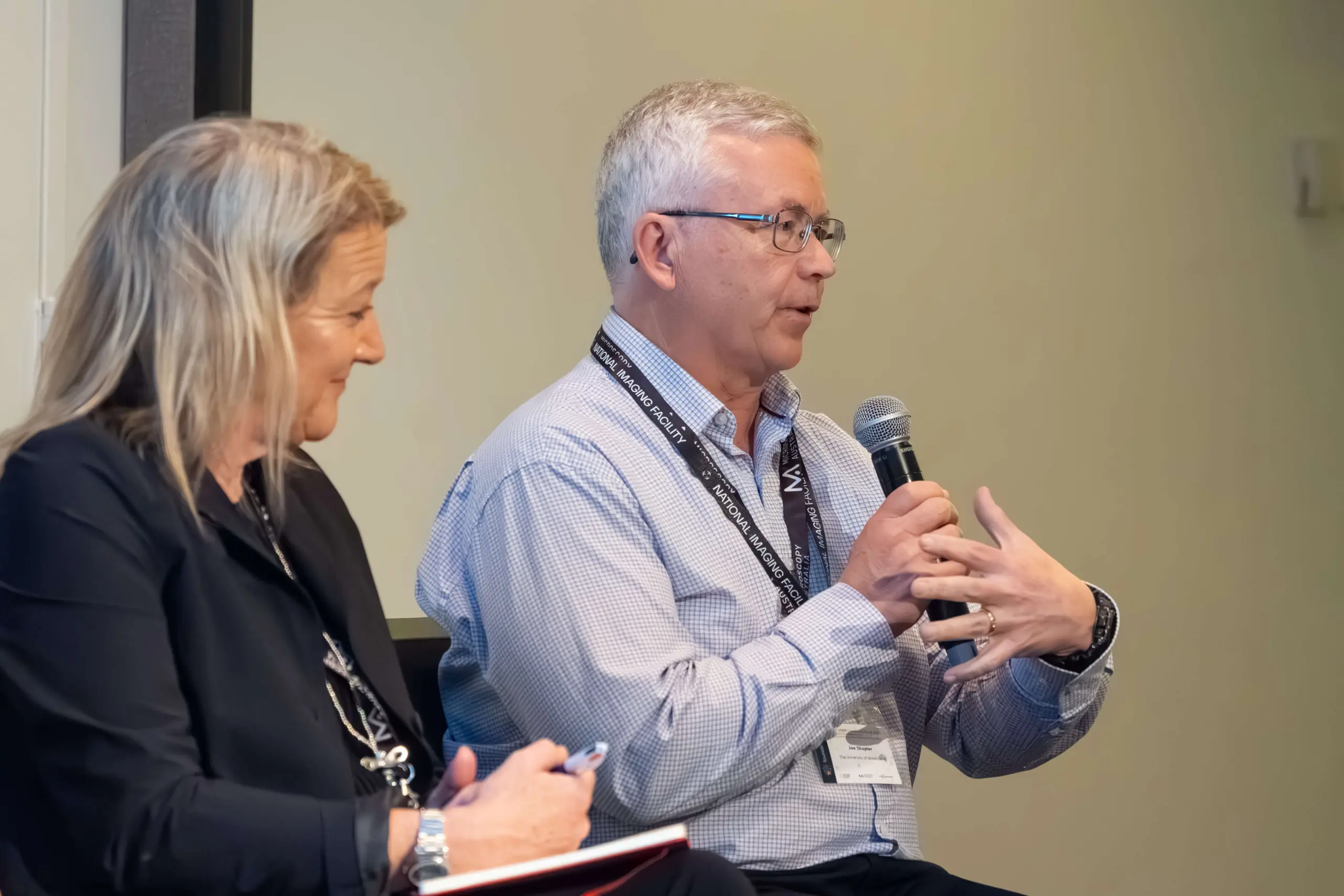

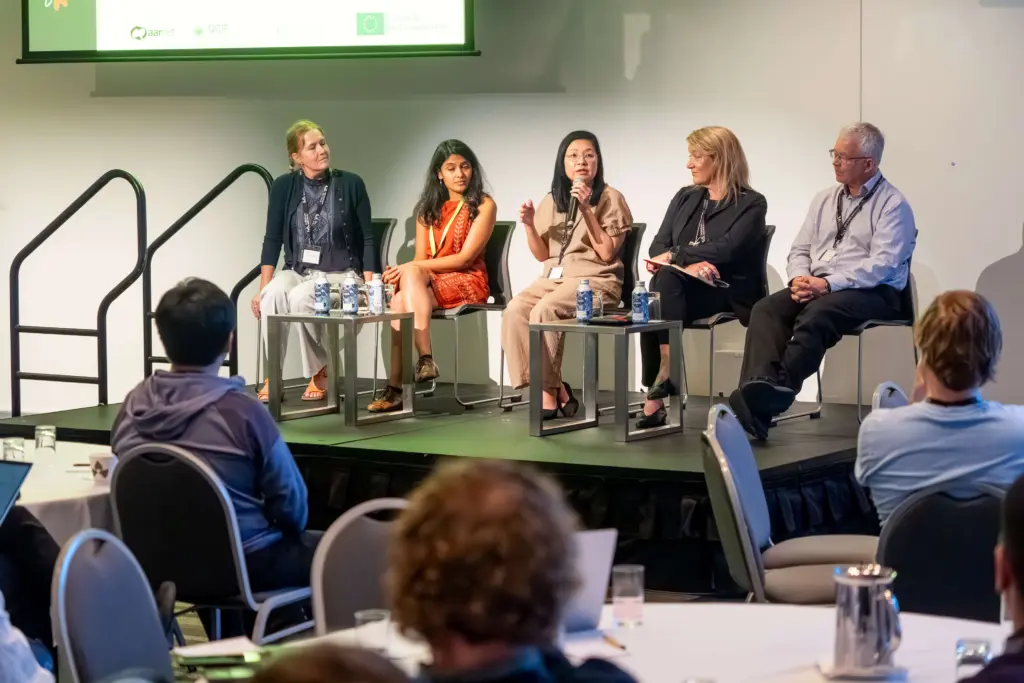
The conversation naturally converged on foundingGIDE, which represents the idea that technology and community must grow together as it is vital for global alignment. The project aims to lay the foundations for a global image data ecosystem, one that integrates standards, ontologies, and repositories across modalities and disciplines.
In looking ahead ten years, the panel envisioned an interconnected world where imaging data flows seamlessly across domains, supported by interoperable infrastructure, empowered people, and a shared commitment to openness and reuse, proving that community-led success depends not on any single ingredient, but on the deliberate balance of all.
Workshop sessions
On the first day of the event, participants took part in three 90-minute interactive workshop sessions designed to foster dialogue, identify challenges, and co-develop pathways toward greater interoperability across imaging domains. The workshops covered three complementary themes:
1. Harmonising Preclinical Imaging Data
2. Harmonising BioImaging Data
3. Community roles and opportunities in the Global Imaging Data Ecosystem (GIDE)
The hybrid workshop session on Harmonising Preclinical Imaging Data chaired by Dario Longo, highlighted the urgent need for a standard metadata model to connect multiple, distributed preclinical image data repositories. Key barriers to sharing included a lack of willingness and standards, with suggestions to adopt minimum, FAIR-aligned metadata standards and include Research Activity Identifiers (RAiD) in ontologies.
The second workshop session, on Harmonizing Bioimaging Data chaired by Shuichi Onami, reviewed the recommended metadata elements in foundingGIDE. The need for more comprehensive handling of compounds and analysis metadata was highlighted. Key future steps involve continuing an open discussion to gather feedback on the metadata recommendations and developing user-friendly tools for laboratory-level data input.

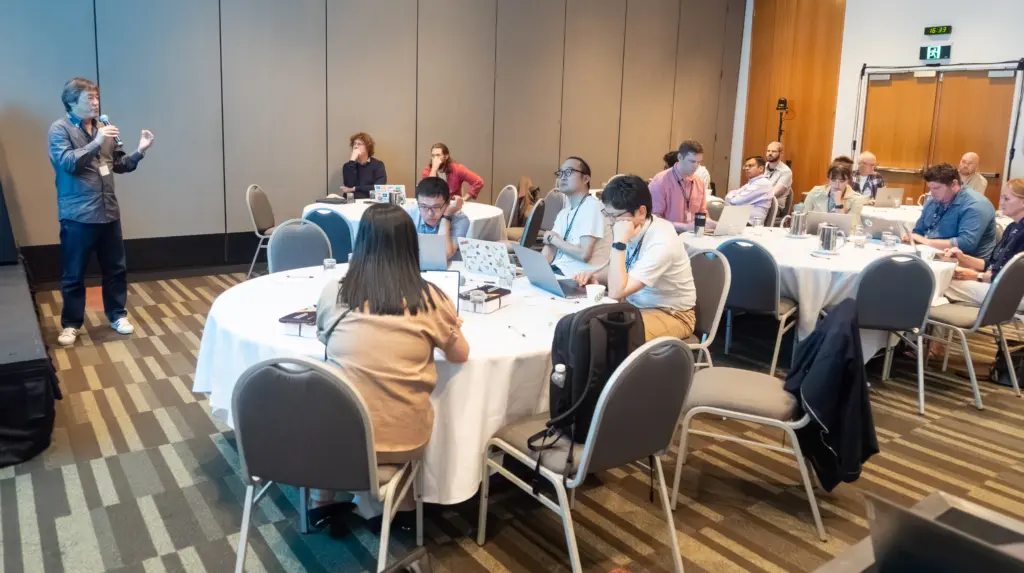

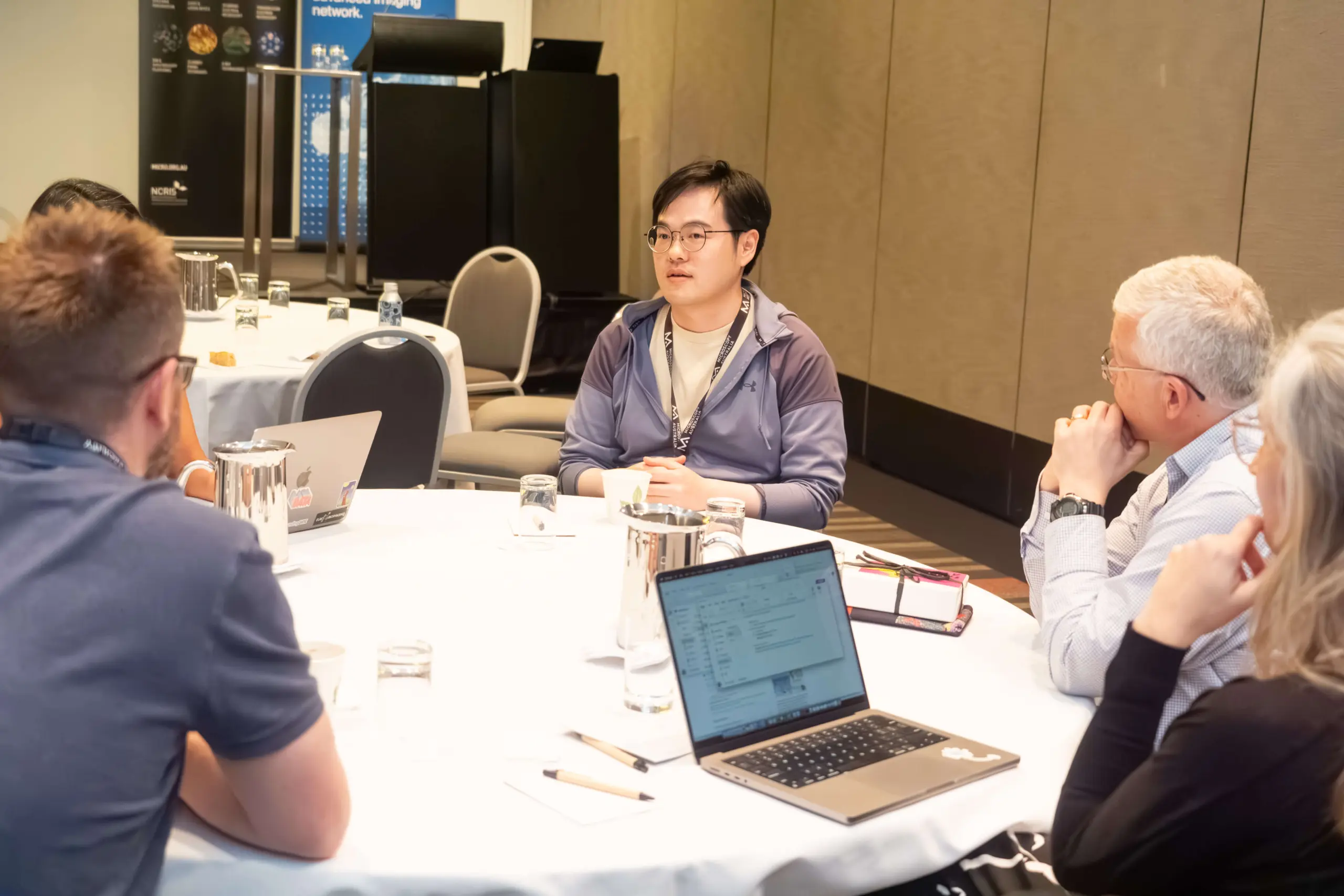
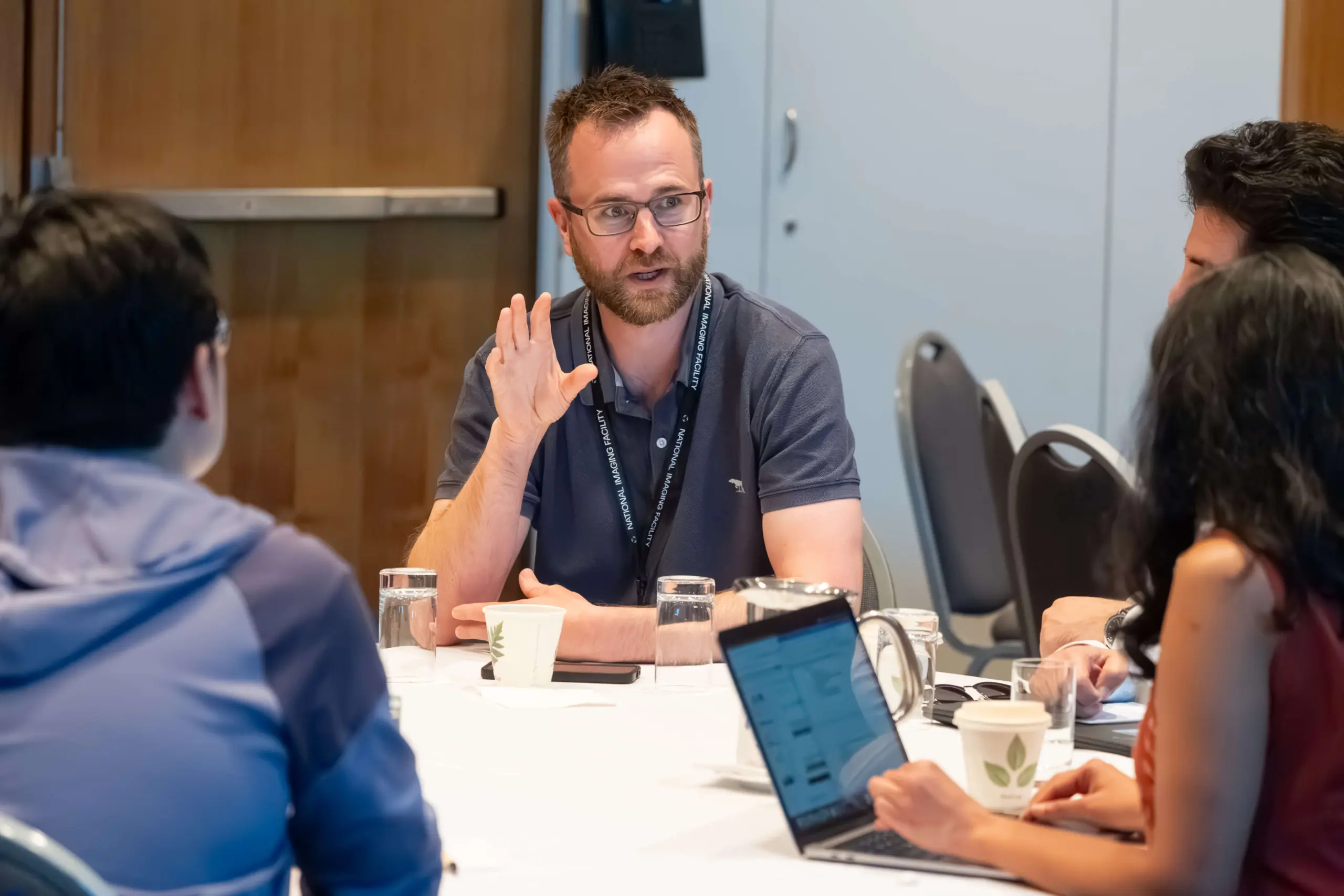

The third workshop session on Community roles and opportunities in the Global Image Data Ecosystem chaired by David Poger and Maria Mirza (in-person), and Yara Reis (online), focused on three main areas: effective community activities, project sustainability, and identifying community partners. Discussions highlighted that successful community activities require accessible, usable, and adaptable standards and that effective standards often emerge from small, practical beginnings. A key adoption framework proposed was to progressively engage communities by making things possible, easy, normal and rewarding. Finally, the group identified potential community partners, including the AI communities, who are potentially end-users of foundingGIDE output.
Overall, all sessions stressed the importance of community engagement, standardization, and developing practical tools to improve data discoverability and adherence to global guidelines.
Resources from the event
Videos from the event are shared with our community on Euro-BioImaging YouTube channel while the presentation materials are shared on foundingGIDE Community Zenodo. The full program is available here.
Day 1
- Welcome by Lisa Yen and Wojtek Goscinski
- Lisa Yen – Short introduction of Microscopy Australia, video
- Wojtek Goscinski – Short introduction of National Imaging Facility Australia, video
- Sudeep Das – Euro-BioImaging and the European landscape, video, slides
- Aastha Mathur – foundingGIDE: Towards a shared image data landscape, video
- Hilary Hanahoe – Data, data everywhere but not a drop to drink
- Tomomi Shimogori– From Genes to Discovery: How the Marmoset Brain Atlas Advances Global Neuroscience
- Shuichi Onami – Metadata harmonisation in major bioimage repositories, video
- Dario Longo – Towards FAIRification of preclinical image datasets, video
- Marek Cebecauer – REMBI-DCAT-AP. Towards interoperability of bioimaging data
- Joe Shapter – What do we need to make the best use of our Imaging Data?
- Rubbiya Ali – Making Imaging Data FAIR and Traceable: Automating Management with Persistent Identifierss and PITSCHI, video
- Aswin Narayanan – Making analysis FAIR: Sciget.org a platform for scientific research
- David Poger on behalf of Siobhann McCafferty – How National PID strategies support international research
- Greg Bass – Scientific Image Data Management Ecosystem in CSL’s Global Research & Development Department: Design, Evolution, and Learnings in Industry
Day 2
- Nicholas Condon – IMB Microscopy, building tools, managing big data and connecting experts
- Bryant Roberts – Mediaflux for Data Sharing: Enabling Greater Collaboration & Interoperability at Adelaide Microscopy
- Nathalie Gaudreault – Prototyping the Internet of BioImage Data (IBID): The North America Image Data Sharing Initiative
- Johan Gustafsson – Galaxy and WorkflowHub: Open Access to Large-Scale Image Analysis Workflows
- Tim Olsen – Clinical Trials, AI, and Translational Research: XNAT’s Expanding Frontier
- Ryan Sullivan – Beyond institutions, integrated (inter)national infrastructure for biomedical imaging data capture, movement, and analysis
- Saori Tanaka – Human neuroimaging databases focusing on psychiatric and neurological disorders in Japan
- Chung-Han Tsai – Scalable Research Data Infrastructure for Microscopy and Getting AI-Ready
Acknowledgemnts
The foundingGIDE 2025 Community Event was hosted by Microscopy Australia and the National Imaging Facility in Brisbane, Australia. We gratefully acknowledge their generous support and collaboration in making this event possible. We also extend our sincere thanks to our sponsors, QCIF, AARNet, and Intersect, for their valuable support.
We also extend our sincere thanks to the foundingGIDE Advisory Committee for their continued guidance and contributions, and to the organizing team whose dedication and hard work ensured the success of this gathering. Special appreciation goes to the global imaging data community for their active engagement, and to all speakers and panelists who generously shared their insights and expertise.
This event was organized under the foundingGIDE has received funding from the European Union’s Horizon Europe research and innovation programme under grant agreement number 101130216.
Next steps
Mark your calendars for the next foundingGIDE Community Event on May 4–8, 2026, in Heidelberg, Germany.
Stay tuned here.

Stay updated by singing up to our newsletter.